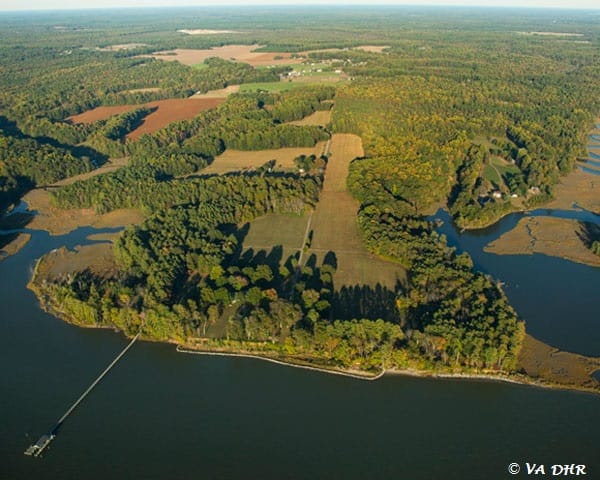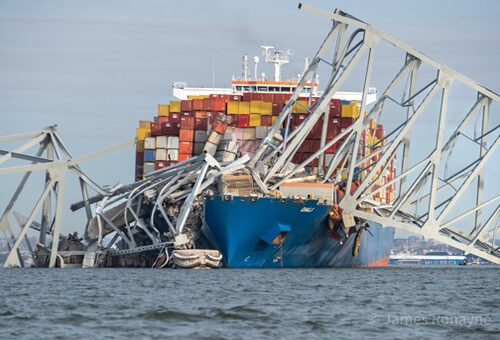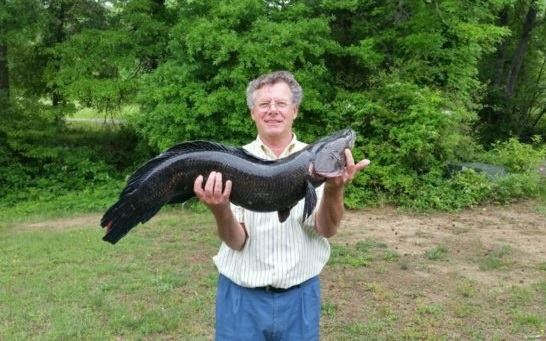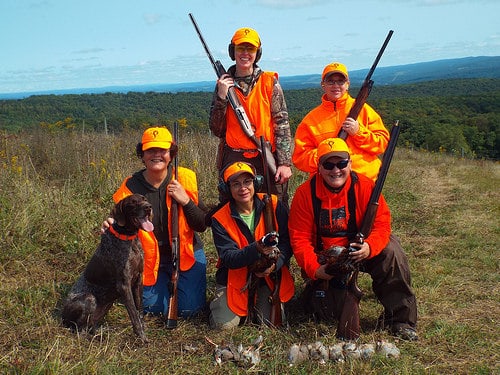Werewocomoco, the York River site where Captain John Smith first met Pocohontas, is a rare archaeological find—and now, even the waters nearby will be protected.
The Virginia Marine Resources Commission has blocked off 40 acres of water bottoms, to protect them from shellfish leasing. The river contains a wealth of Native American relics, possibly even including wooden canoes.
The Marine Resources Commission typically leases state water bottoms to oyster fishermen, as it has since the 1800s. The Comission’s board voted unanimously to designate the Werowocomoco site as unleasable, to preserve submerged relics from oyster dredges.
“The Commission’s visionary decision will help to ensure that the setting, as well as any submerged resources associated with this nationally significant archeological site, will receive the protection they so richly deserve,” said Julie V. Langan, director of the Virginia Department of Historic Resources.
Werowocomoco is one of the most important Native American sites in the Eastern United States, because it’s where Captain John Smith met the influential leader Powhatan and his daughter Pocahontas, and also because the site is still relatively undisturbed. It was first seen by Europeans in 1607, but abandoned just a year later. It was forgotten until the 20th century, when archaeologists began to partially excavate it.
The property now is owned by the National Park Service, and is located between Purtan Bay and Purtan Creek, tributaries to the York River in Gloucester County. The property will eventually be opened to the public and be made a part of the National Park Services’ Captain John Smith Trail, which maps Smith’s journeys through the Bay and its tributaries.
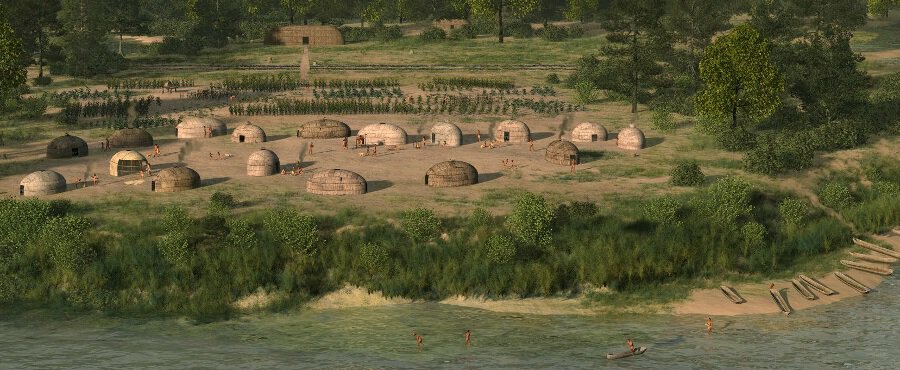
“Werowocomoco’s cultural resources are relatively undisturbed but those along the shoreline have been eroding into the York River for quite some time,” said Charles Hunt, Superintendent for the National Park Service Chesapeake Bay Office. “The river may hold artifacts that may answer important research questions the National Park Service and its tribal partners have about Werowocomoco.”
That erosion means that artifacts from temples, houses, activity areas, fields of corn, and other trappings of life may now be on the bottom of the river.

